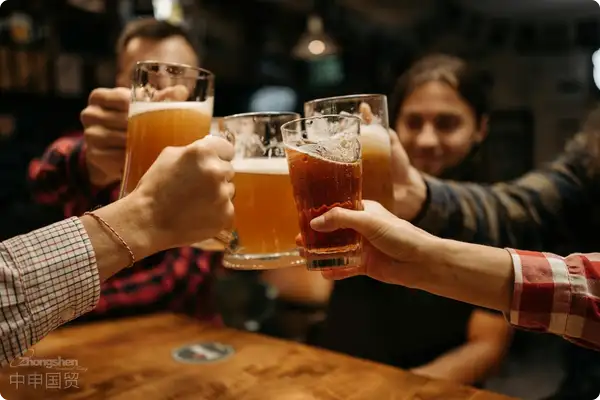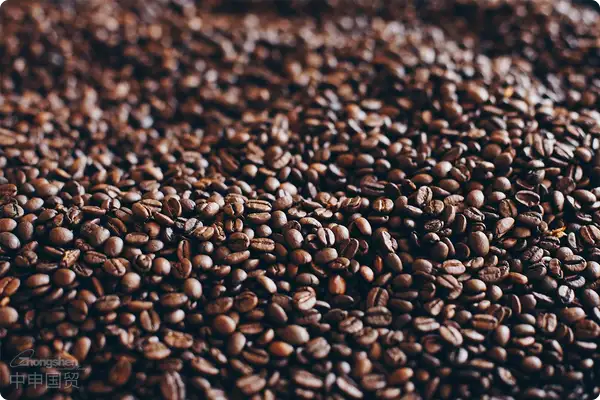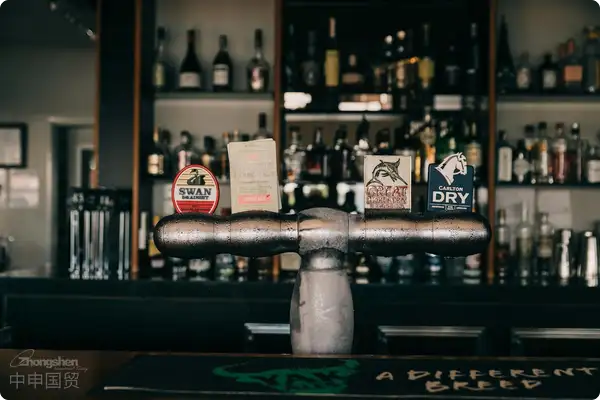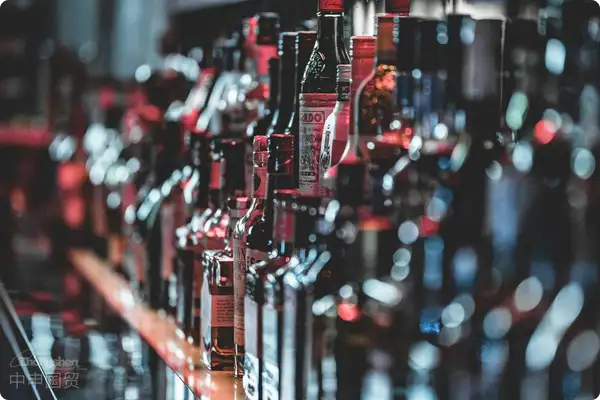- Shanghai Zhongshen International Trade Co., Ltd. - Two decades of trade agency expertise.
- Service Hotline: 139 1787 2118

When German Craft Beer Meets Chinese Customs
Last summer, I witnessed firsthand how an importer's incorrect declaration of beer malt sugar content led to three containers being detained at port for 28 days. This story reflects the specialized expertise required for beer import agency business. As a veteran in food imports, today I'll break down the key points of Sternburg beer's China agency operations.foreign tradeCustoms Clearance Process Breakdown
As a century-old German brand, Sternburg beer's import process requires focus on three key dimensions:
Accuracy of Tariff Classification
- : The 2025 revised tariff schedule adjusts the alcohol concentration threshold for beer taxation to 0.5% vol, 0.2% stricter than 2024Triple Verification of Label Compliance
- Chinese back labels must include specific production plant codes from country of origin (e.g. DE NW-ES-12345)
- Chinese back labels must include specific country of origin manufacturer codes (e.g. DE NW-ES-12345)
- Shelf life labeling must comply with both Chinese and German format requirements
- Cold chain transportation node controlFrom Hamburg port to Chinese port, the temperature fluctuation throughout the entire process must not exceed ±2℃
Typical pitfalls in declaration procedures
2025 customs audit data shows that the top three declaration error rates in the beer category are:
- Confusing malt concentration (Plato value) with alcohol concentration (ABV)
- Failure to declare metal foil packaging on glass bottles
- Incorrectly classifying promotional gifts (bottle openers/coasters) as complimentary items
An importer in East China was found to have underdeclared the value by 7.2% for failing to separately declare limited edition zodiac coasters, resulting in the entire shipment being returned.
New compliance priorities for 2025
The Technical Specifications for Food Contact Materials that took effect this year have added two new testing requirements:
- Testing for ink migration on beer bottle surfaces (limit: 0.01mg/dm2)
- Testing for plasticizers in metal bottle cap linings (6 newly controlled substances)
It is recommended to adoptBatch-by-batch testing + annual type testingThis combined strategy can both control testing costs and avoid port sampling delays.
Practical experience sharing
When handling the import of a batch of Daxing Dark Beer, we found that the documents provided by the German factoryIt is recommended to verify through the following methods:did not specify the filling line code. By preparing the following document chain in advance, we successfully avoided customs clearance delays:
- Notarized video documentation of the filling workshop
- Batch test report issued by an EU-certified laboratory
- Supply chain traceability statement endorsed by the German-Chinese Chamber of Commerce
This case confirms that in beer import business,The granularity of document preparation determines customs clearance efficiency.
Related Recommendations
Category case
Contact Us
Email: service@sh-zhongshen.com
Related Recommendations
Contact via WeChat

? 2025. All Rights Reserved. Shanghai ICP No. 2023007705-2  PSB Record: Shanghai No.31011502009912
PSB Record: Shanghai No.31011502009912









